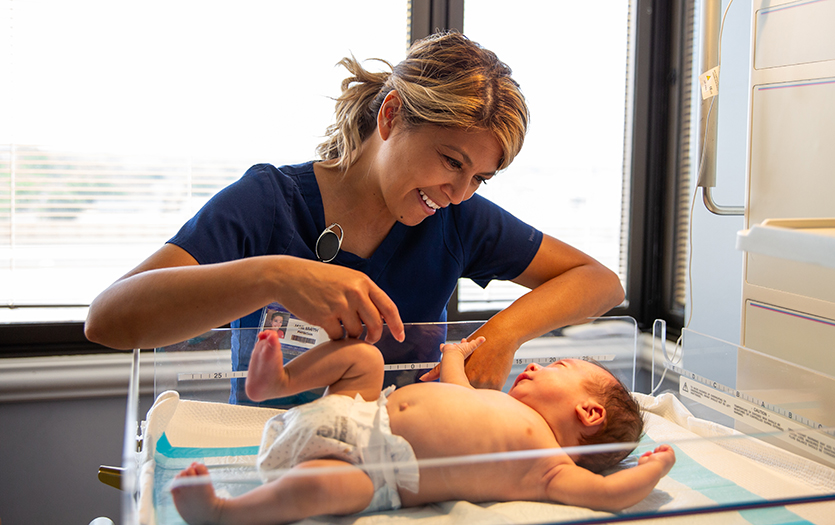
A recent comparative study has provided new insights into the genetic mechanisms that may hinder tissue regeneration in mammals like mice, while others such as rabbits retain a significant ability to regenerate damaged ear pinna. The research, conducted through advanced single-cell and spatial transcriptomic methodologies, illuminates key differences in gene expression and cellular behaviors that could explain the variability in regenerative capacity among mammals.
The ear pinna, or external ear, is a structure that in some mammals—including rabbits—can regenerate after injury. However, in commonly used research models such as mice, this regenerative ability is markedly absent or limited. To investigate the underlying causes of this disparity, scientists performed comparative analyses of tissue recovery in the two species following ear injury.
Utilizing single-cell RNA sequencing, researchers were able to map the activity of thousands of individual cells during different stages of the healing process. Spatial transcriptomics further allowed scientists to observe how these gene expression patterns were distributed across the tissue architecture. This combined approach revealed that certain cell populations, such as fibroblasts and immune cells, respond differently in rabbits compared to mice.
One key finding from the study is that mice exhibit insufficient recruitment or activity of cells critical for tissue remodeling and regeneration. For example, fibroblast subtypes that contribute to extracellular matrix deposition and tissue structure reconstruction were found to be less active in mice. Additionally, differences in inflammatory signaling pathways were observed, suggesting that prolonged or misregulated immune responses in mice may hinder the regenerative process.
The researchers argue that these findings open new avenues for understanding why regeneration fails in certain mammals and highlight potential molecular targets that could be manipulated to enhance regenerative outcomes. Such insights hold broad implications not only for developmental biology science but also for potential future applications in regenerative medicine and tissue engineering.
In sum, this comparative analysis adds a crucial layer of understanding to the field of regenerative biology by identifying specific cellular and genetic factors that distinguish regeneration-competent species from those with limited regenerative abilities. Future studies will aim to validate these findings and explore how they may be translated into therapeutic strategies to promote tissue repair in humans and other non-regenerating mammals.
Source: https:// – Courtesy of the original publisher.








